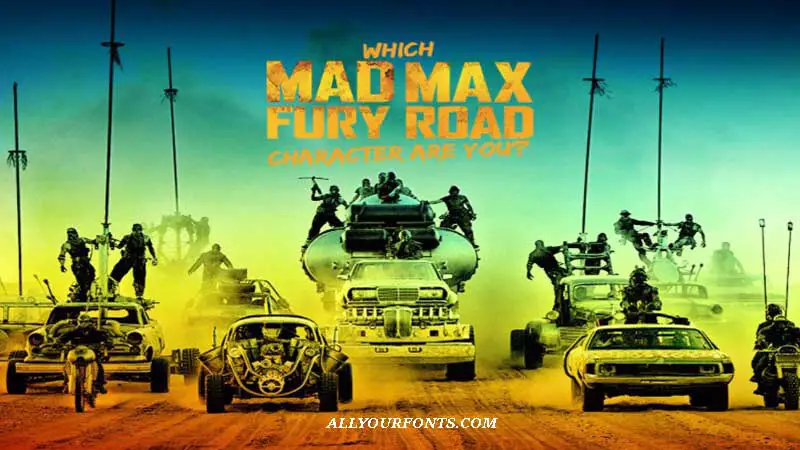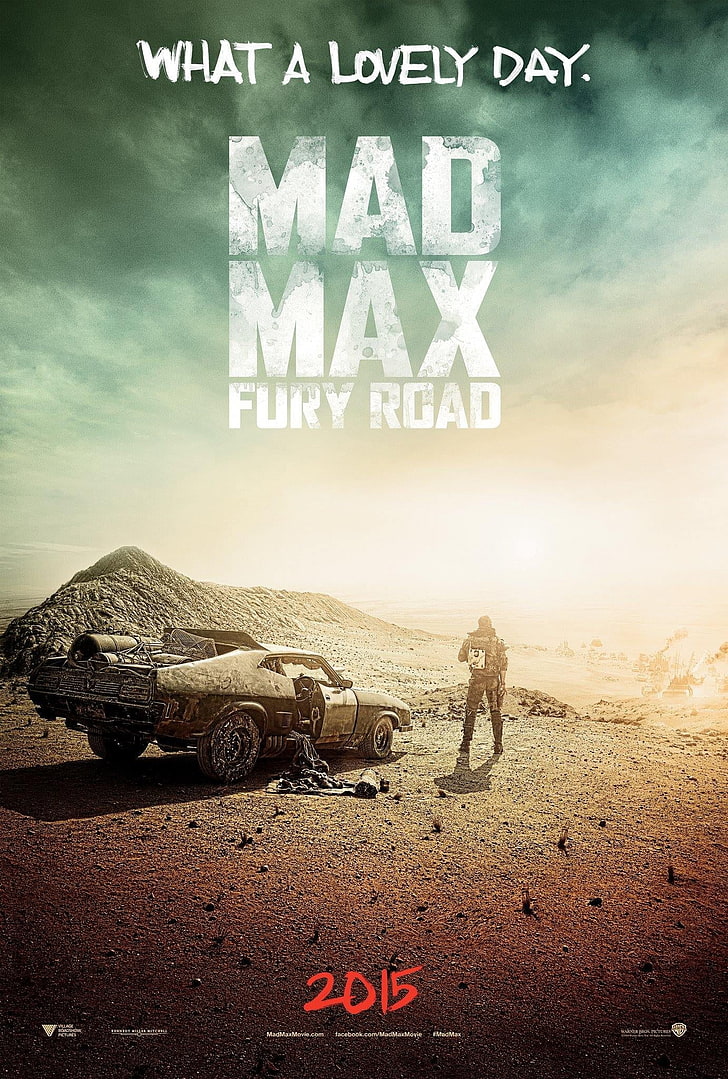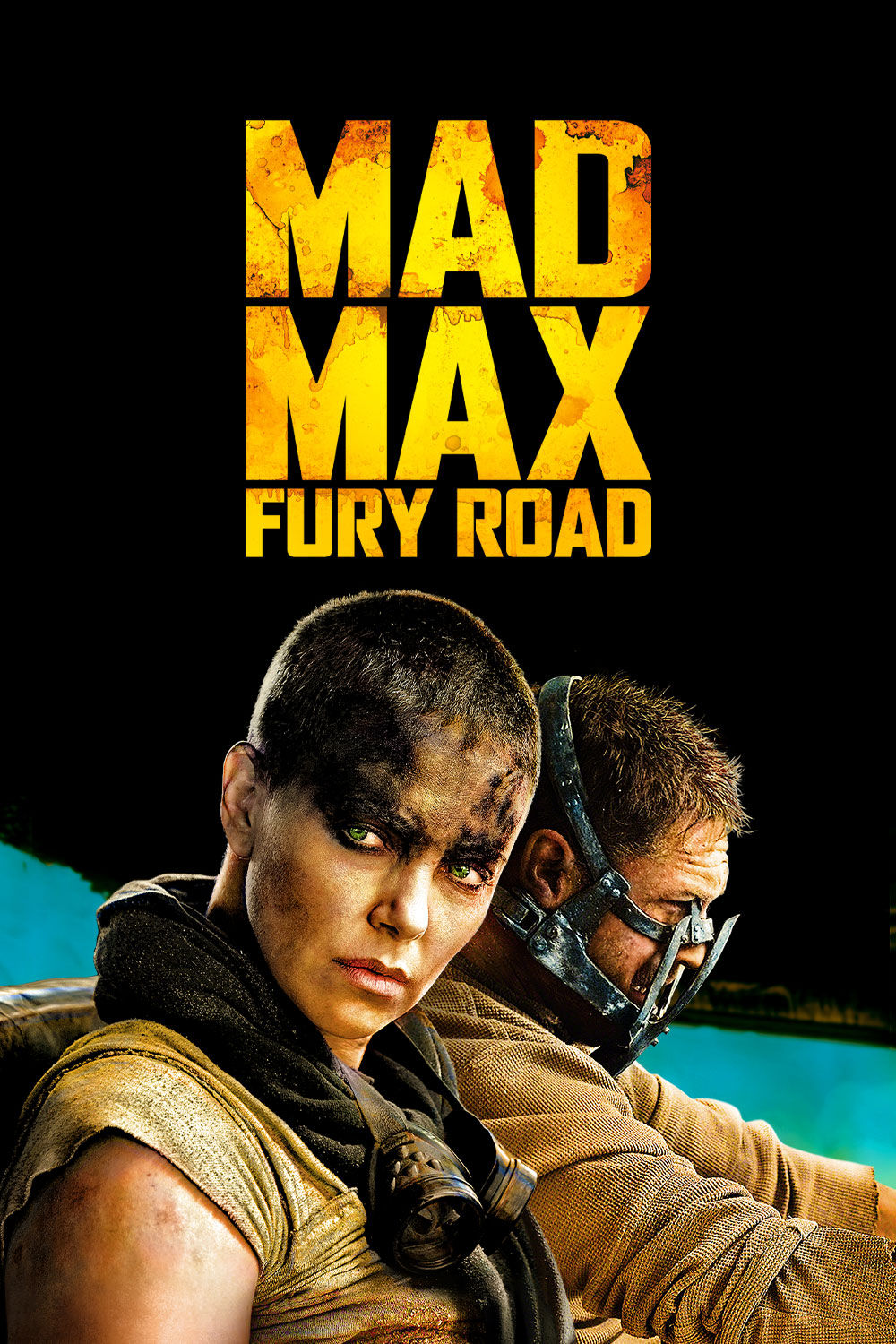

(CC, BBB, Pa, FR, PC, E, Acap, L, VVV, S, N, MM) Strong Christian, redemptive worldview where hero haunted by the death of his wife and child finds meaning and morality again by helping others (including victims and people tempted by evil), set in a violent, cruel post-apocalyptic world, with many Christian symbols of finding a savior (a “universal donor”) who offers his blood for a transfusion to save main heroine’s life, sacrifice, images of death and resurrection and baptism, images of fountains of water saving people, with some pagan references to Valhalla (but it’s clear that the Valhalla being sought after is a false one that tempts people to commit suicide and that values death, not redemption) and some light politically correct environmentalism and anti-capitalism, plus woman says “I’m praying. Extreme caution is still advised for MAD MAX: FURY ROAD because of intense action violence, some grotesque images, one “f” word, brief graphic violence, and light politically correct elements. It has a strong Christian, redemptive worldview, with many redemptive images and symbols of sacrifice, death and resurrection, and baptism reflecting Jesus Christ’s comments about “fountains of living water” to the woman at the well in John 4:14. MAD MAX: FURY ROAD is thrilling throughout, with a poignant story about a haunted hero who finds meaning and morality again by helping others. Max escapes and teams up with a woman trying to free the women captured by the warlord and used as breeders for him and his men. An evil warlord and his gang kidnap Max to use him as a universal blood donor.

After his wife and daughter are killed, an ex-policeman named Max is forced to fend for himself in the wilderness.

It’s set in a violent post-apocalyptic world where vast environmental destruction has occurred and evil men prey upon the weak. MAD MAX: FURY ROAD is a reboot of the ROAD WARRIOR movies with Mel Gibson.


 0 kommentar(er)
0 kommentar(er)
